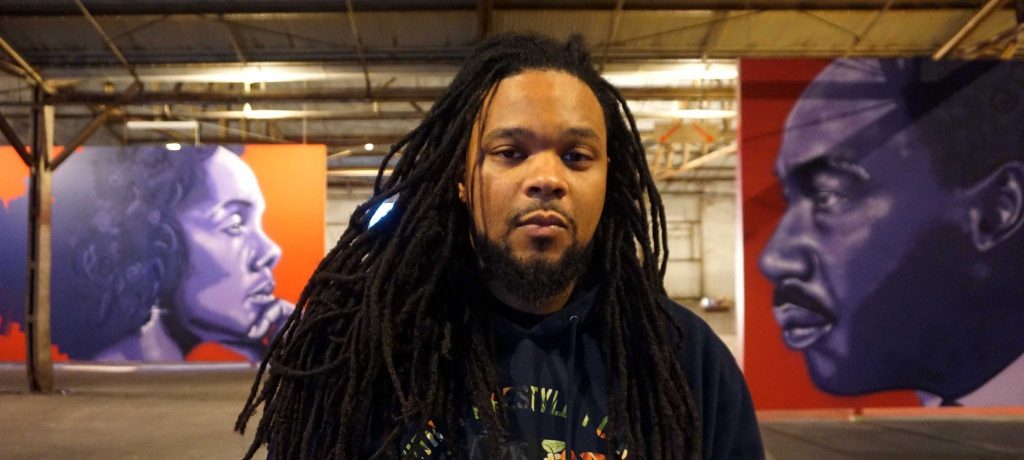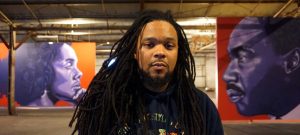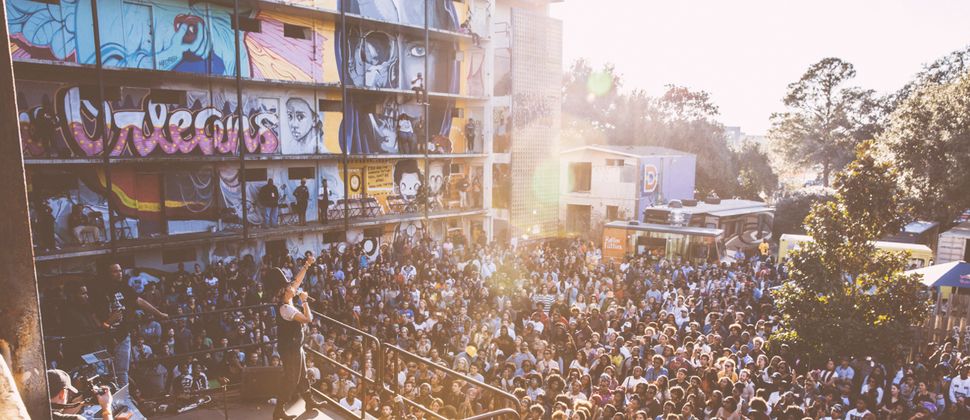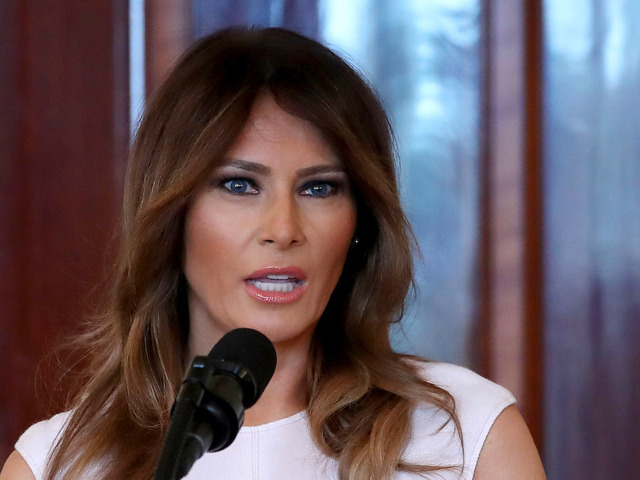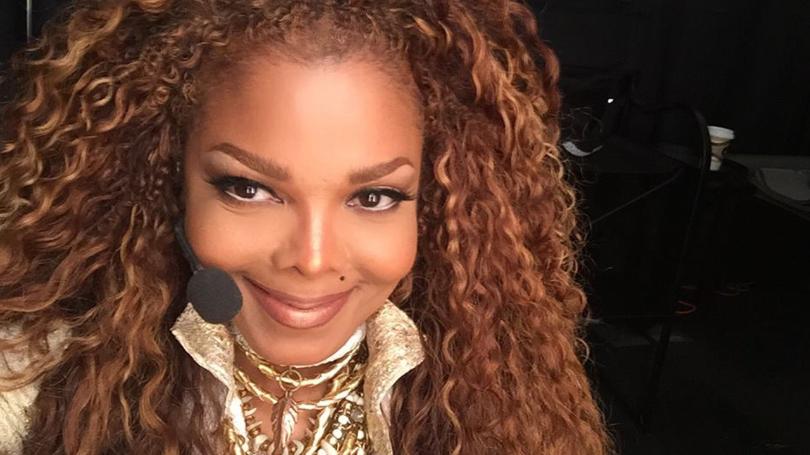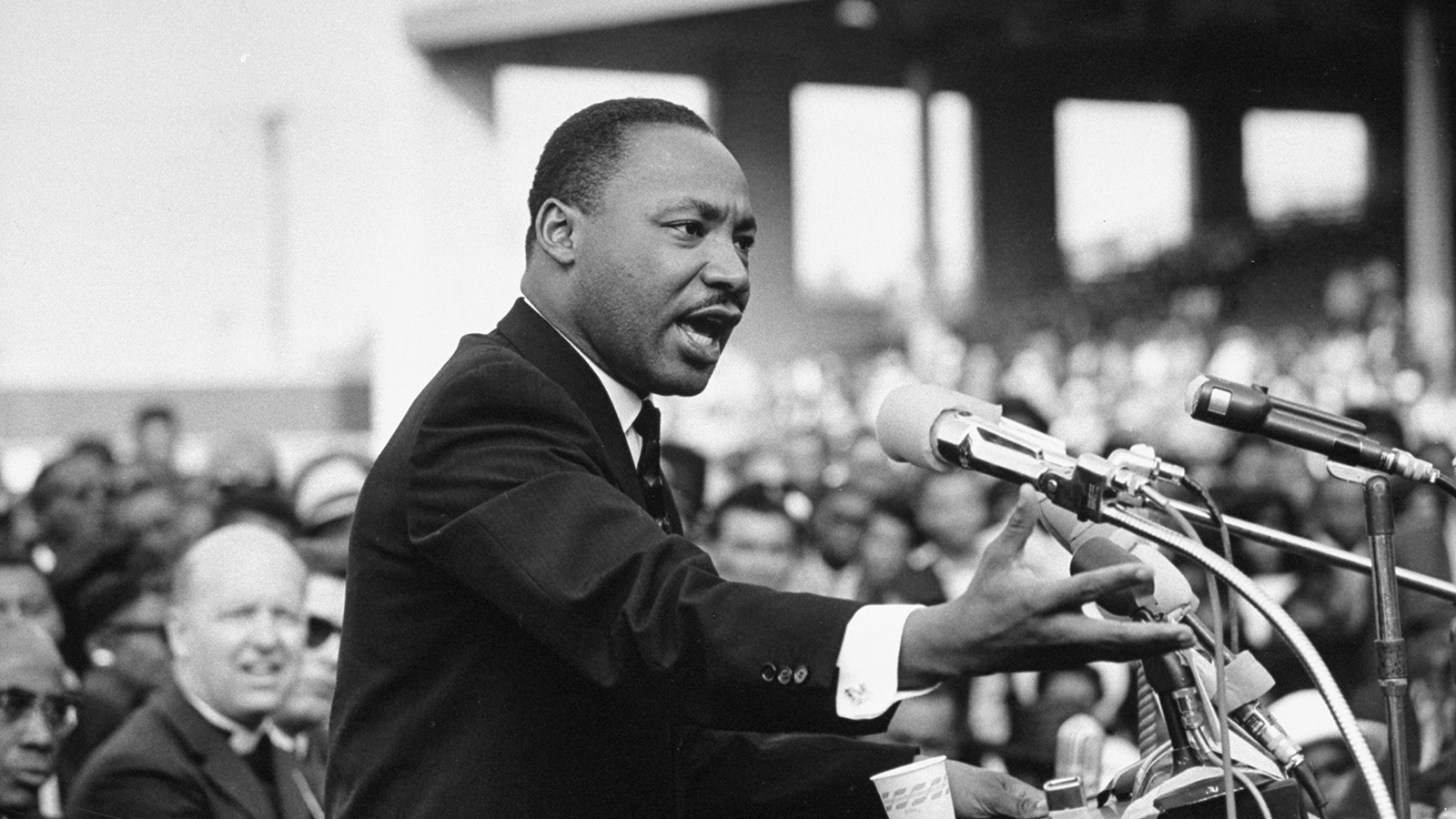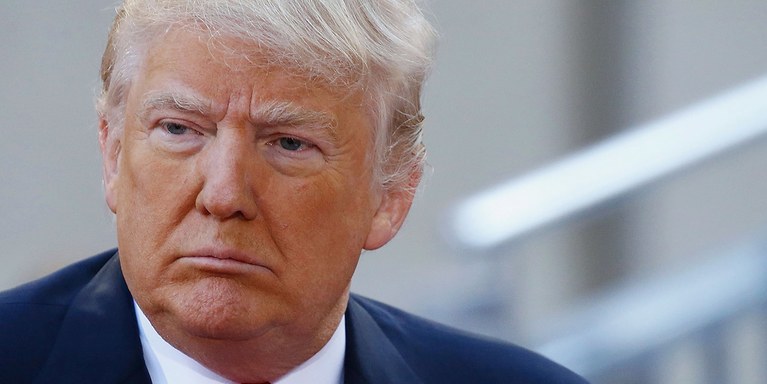For the past four years, Brandan “BMike” Odums has been transforming blighted spaces in New Orleans’ poor neighborhoods through powerful art.
Odums spray-paints larger-than-life murals of African-American icons like Malcolm X, Harriet Tubman and Martin Luther King Jr. at abandoned sites, some of which have been falling apart since Hurricane Katrina.
The New Orleans native aims to criticize how the city neglected under-resourced neighborhoods after the 2005 natural disaster ― but also wants to celebrate the residents of these mostly-black neighborhoods and the pride and beauty of their communities.
“Think about the spaces, they were in black, poor communities,” Odums told HuffPost. “[The art is] just to feel like you matter and you have value, so people can see themselves reflected in this portrait of Mohammed Ali or Maya Angelou.”
“Seeing a 12-foot painting of a person of color, it immediately asks a question of why it’s this large: It must be valuable,” he added.
“Project Be”
Odums’ “Be” art series began with “Project Be” in 2013. Odums spray-painted an abandoned housing project in the city’s lower 9th Ward, a low-income, predominantly African-American neighborhood that’s still storm-ravaged and neglected more than a decade after Hurricane Katrina.
He and other artists covered the buildings’ decaying walls with enormous murals of famed civil rights figures, from the Black Panthers to Malcolm X to Coretta Scott King.
“New Orleans is a magical city, it’s amazing ― the resilience of the people has always surfaced,” Odums said. “My goal is to speak to issues happening in the community. We have to create the change we want to see.”
But the Housing Authority of New Orleans boarded up the property after reportedly deeming it unsafe for public visitors. So Odums moved on to a vacant apartment complex in the Algiers neighborhood, which was full of blighted properties after Katrina.
“Exhibit Be”
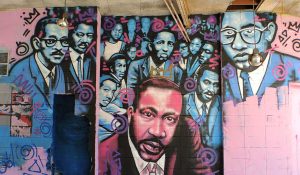
There, Odums ran into some luck: Bill Thomason, a director at the RDLN Foundation, a small nonprofit dedicated to charitable building projects that owned the property, came across Odums’ art in the space and loved it.
Rather than kick him out, he told Odums to keep going. So in 2014, Odums brought together dozens of artists to contribute their talents and launch “Exhibit Be,” a multistory art show celebrating black history and culture with images of Harriet Tubman and quotes like “You are your ancestors’ wildest dreams.”
“The goal of that space was to be intentional about where that property stood, to reflect the reality of living in a poorly managed housing unit that ended up being an abandoned space,” Odums told HuffPost. “I wanted [people] to understand they would not have been standing on that spot without that art, they would have been too afraid of going down the street.”
When “Exhibit Be” opened to the public in 2014, it quickly became a local success, attracting thousands of visitors, national media coverage and school trips to the space.
“It was a crazy story of how we turned lemon into lemonade,” Odums told HuffPost. “It was a space so many people avoided, and now there was a line. Erykah Badu came to the block party.”
Thomason said it was “amazing” to watch thousands of people coming to see the art.
“Especially in these times, with all this turmoil, you had people coming to visit, having conversations together ― black, white, all creeds, colors, religions ― who would just sit there, enjoying the artwork,” Thomason told HuffPost.
“Studio Be”

Odums’ first solo show, “Studio Be,” which kicked off in early 2016 and is currently on view in a warehouse in New Orleans’ Bywater neighborhood, is the first “Be” project to start up entirely legally.
In “Studio Be,” Odums’ large-scale murals reflect social justice issues like civil rights and police brutality. One portrait series features unarmed black men killed by police: Michael Brown, Eric Garner and Oscar Grant.
Odums says he makes a point of hosting school tours there to teach kids about lesser-known black history figures, such as Fred Hampton, a leader of the Black Panthers who was assassinated at age 21.
“It’s full circle, from starting painting in the streets without permission to coming to this space. Think about the power of art,” Odums said. “It’s about me speaking as a young black man from New Orleans, and speaking truth to that existence ― the hope, the pain, the beauty.”
Source: huffingtonpost.com


